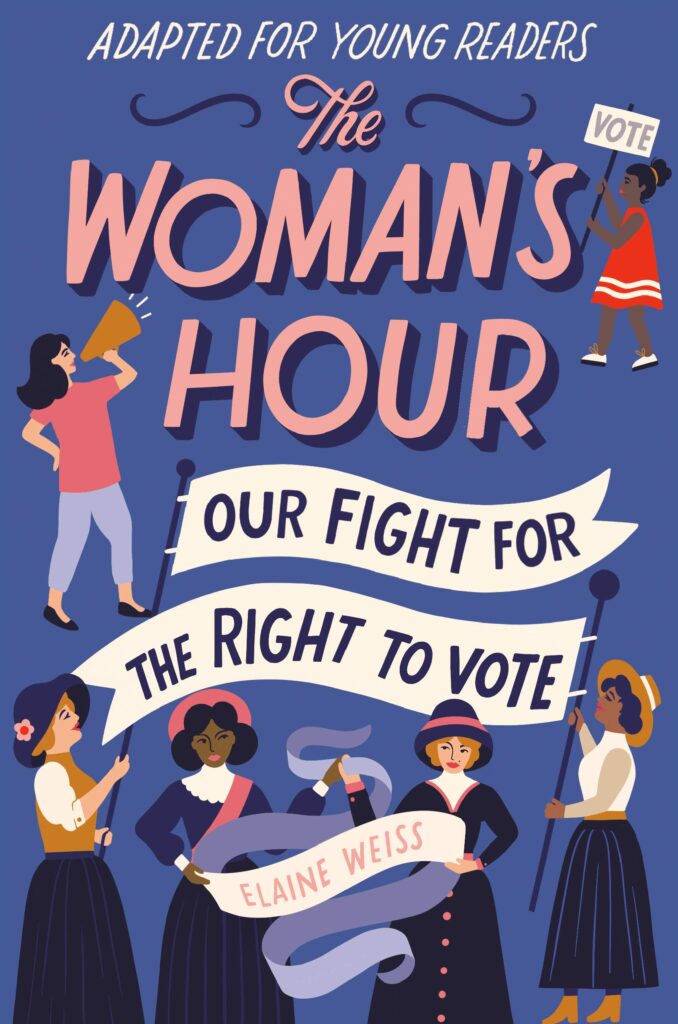She was leading the Women’s Suffrage Parade, the nation’s first large-scale demonstration in favor of women’s right to vote. Numerous women converged in Washington, D.C., following months of organization and debate. Here, they demanded the right to vote through a constitutional amendment.

Women’s rights campaigners had been fighting for equality for decades by 1913. Women had no voice in the laws that impacted their lives or the life of anyone else since they were a disenfranchised community. They were having trouble winning more people over to political equality, though.
Since Utah and Idaho granted women the right to vote in 1896, they had not won any significant victories. With it, there were now four states that acknowledged the right of women to vote.
Alice Paul, a fresh, media-savvy spirit, arrived. She took her cue from the British suffragettes of the early 1900s, who participated in hunger strikes and were imprisoned. Paul advocated a constitutional amendment that would safeguard women’s voting rights nationally rather than running expensive state-by-state fights.
Paul proposed a sizable pageant as a National American Women Suffrage Association member to galvanise support and resurrect the movement. Authorities in Washington originally disapproved of her proposal and later tried to move the march to a side street. However, Paul managed to have those rulings overturned and secured a march for the day before Woodrow Wilson took office. This would garner the most media attention and draw in the throngs that would be in town.
However, Paul’s primary goal in organizing the parade was to appeal to white women of all backgrounds, even those who were prejudiced. She made a point of intentionally discouraging African American organizations and activists from taking part, telling them to march in the back.
But in a national movement they helped to form, black women would not be marginalised. Ida B. Wells-Barnett, a pioneering investigative journalist and anti-lynching activist, refused to march in the back and boldly carried the Illinois banner on the day of the march.
Mary Church Terrell, one of the co-founders of the NAACP, marched in the procession alongside the other 22 founding members of the Howard University-based Delta Sigma Theta Sorority. Black women remained in the movement in these ways and others despite intense antagonism from white women and at tremendous personal and political peril.
Suffragists came together on the parade day to put on a forceful display. International suffragists, artists, performers, and business owners made up the advancing segments of the march. A large Liberty Bell, a map of countries with democratic governments, and gilded chariots were among the floats that were there. In front of a live orchestra, actors acted out the historical accomplishments of women on the steps of the Treasury Building.
Even though a mob blocked the march’s path, insulted and spat on ladies, threw cigars, and physically attacked participants, the marchers persisted. Over 100 women ended up in hospitals because the police did not step in to stop the incident.
Their maltreatment, which was extensively reported across the nation, propelled the procession into the public eye and increased sympathy for suffragists. The police were criticised in national publications, and congressional hearings looked into what they did during the march. Washington has been shamed, the “Women’s Journal” proclaimed following the demonstration. A major victory for equal suffrage has been achieved.
In this sense, the march served as the catalyst for a sustained upsurge in support for women’s voting rights throughout the ensuing years. Suffragists petitioned the White House, rallied, and applied constant pressure to their legislators.
Despite having ongoing medical issues, the woman on the white horse, Inez Milholland, actively campaigned around the country.
She did not live to see the results of her labors. She her away shortly after collapsing during a speech in support of women’s rights in 1916. She reportedly said, “Mr. President, how long must women wait for liberation,” as her final words.
Though it would take many years before women could fully participate in voting, the 19th amendment was finally passed by Congress in 1920.
If you really like this [the woman’s hour summary] by Growthex then you can also check out some more amazing posts which is freely available on this platform :
- The Wisdom of Ratan Naval Tata: 7 Life Lessons to Transform Your Journey
- Unlocking Success: 7 Transformative Life Lessons from APJ Abdul Kalam
- Nature’s Wisdom: 7 Life Lessons for a Fulfilling Journey
- The Joyful Journey: Discovering Happiness through ‘The Happiest Man on Earth’ – Summary, Notes, and Quotes
- Unleashing the Magic of ‘Doglapan’ by Ashneer Grover: A Captivating Book Summary
- Business
- Communication
- Finance
- Investing
- Personality Development
- Productivity
- Psychology
- Self-help
- Uncategorized
To Watch great book summary explanation videos in Hindi language then visit : THIS YOUTUBE CHANNEL
Get the most out of every book you read. Growthex.org provides free, high quality summaries of books to help you make the most of your reading time.
Unlocking the power of knowledge, one book at a time. Growthex.org – the home for free, high-quality book summaries. Learn something new today.